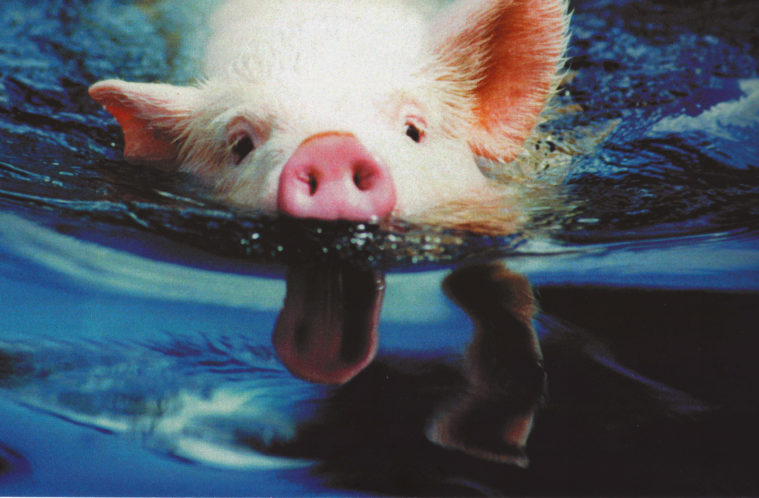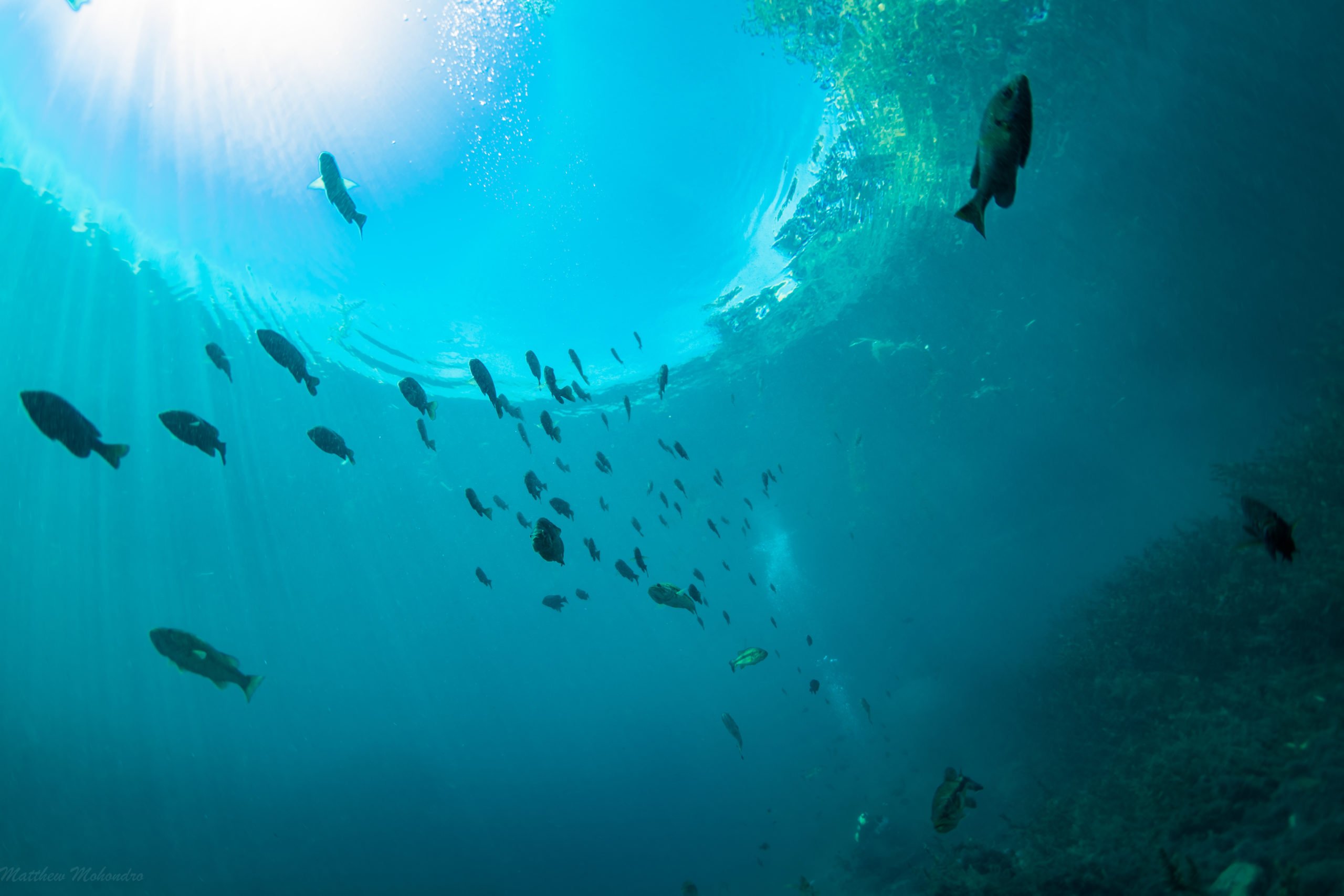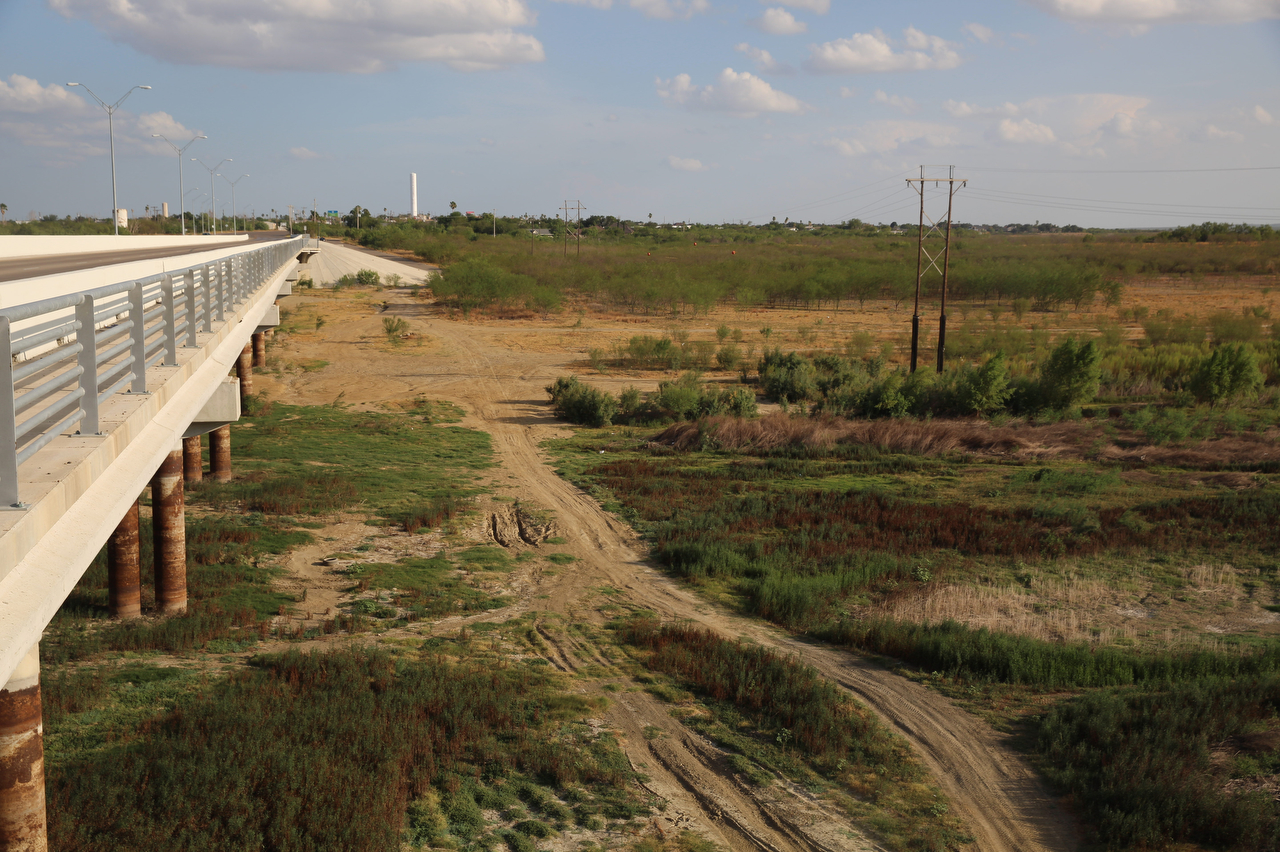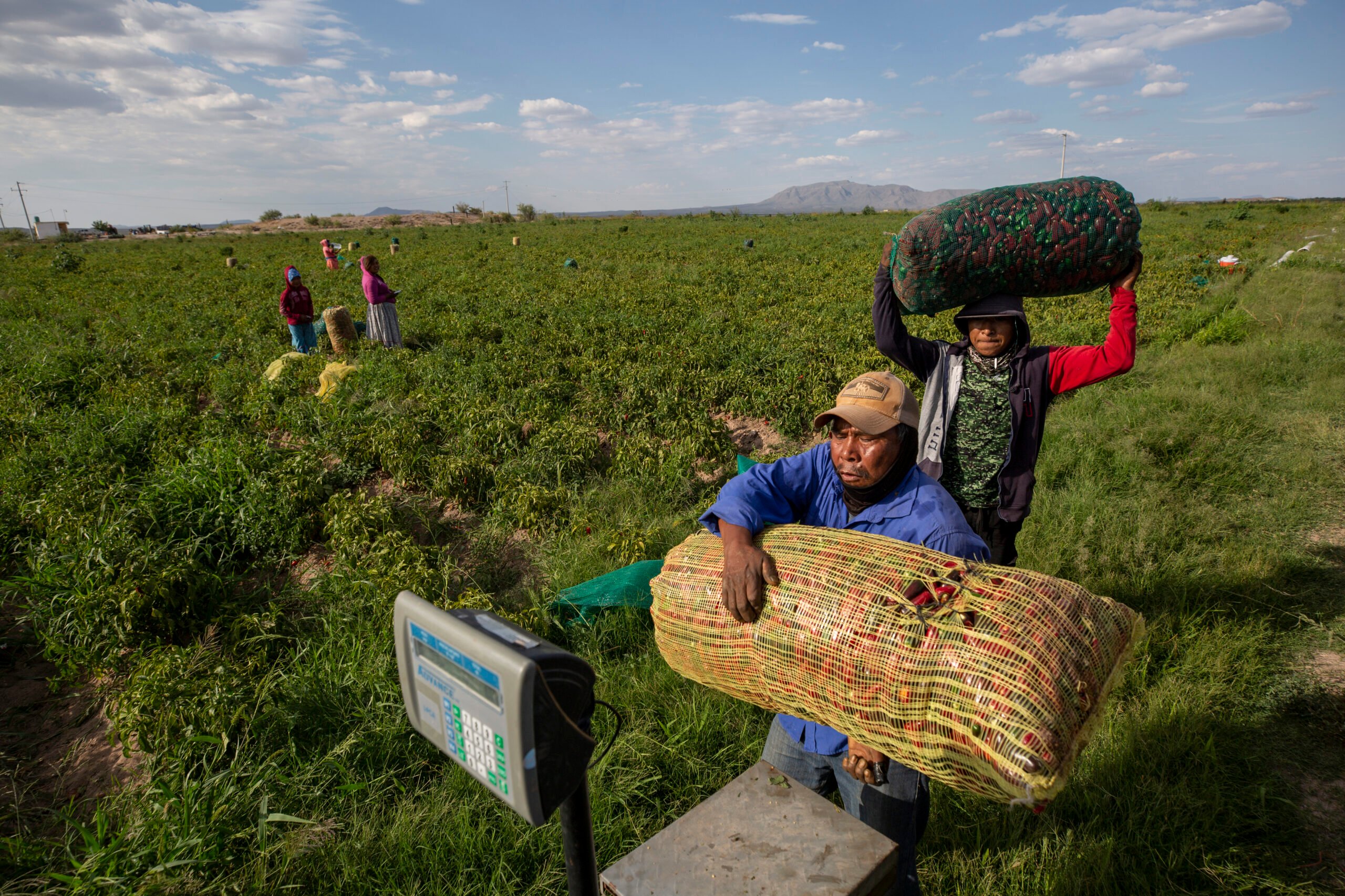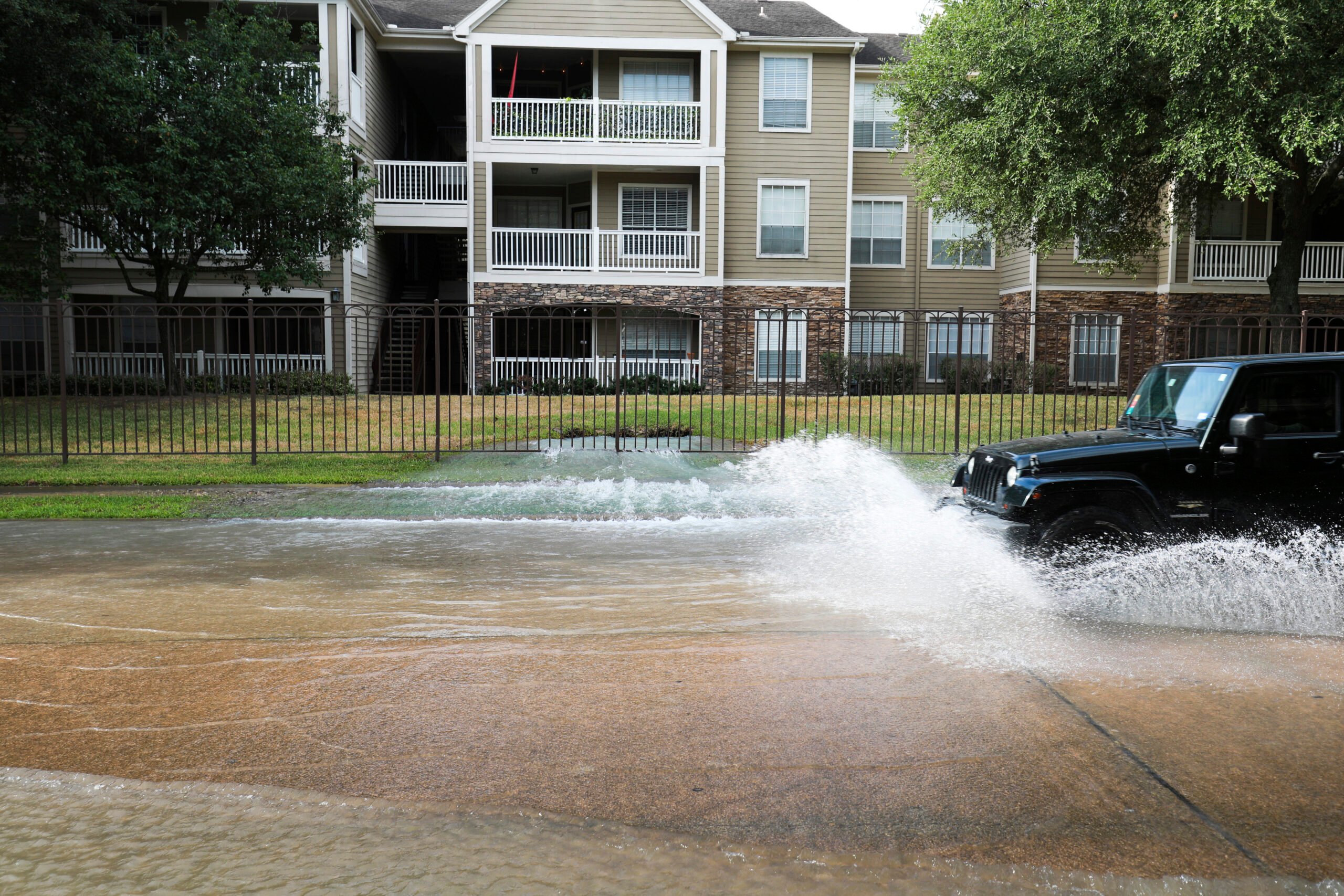Peering into the freshwater springs of San Marcos through a glass-bottom boat is a little like peering back into Texas history. Groundwater bubbles and gushes through ancient limestone to refill the clear, dark turquoise waters of Spring Lake. On the lakebed you can still faintly see the once-tumultuous geologic fault line, where the Hill Country meets the Blackland Prairie, that created these springs millions of years ago.
Archeologists think this area is one of the oldest continuously inhabited places in North America, and the local Indigenous Miazan/Garza band say their Coahuiltecan ancestors traveled from the underworld into this one using the San Marcos springs as a portal.
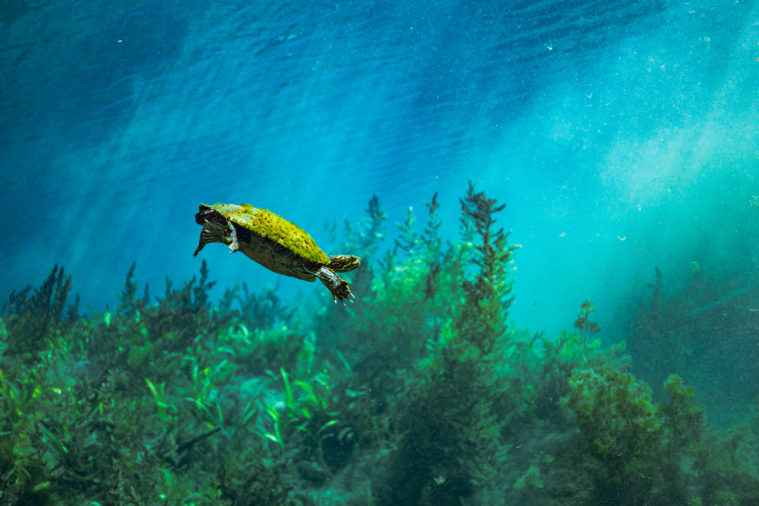
Since then, the water has been reshaped by people. Edward Burleson, who led the Texas Revolution’s final charge against the Mexican army in 1836, once owned the springs and dammed them to create today’s calm Spring Lake. In 1929, a hotel opened at the lake’s edge, and from the 1950s through the 1980s, the lake hosted Aquarena Springs—a theme park with performers like Ralph the Swimming Pig (actually dozens of interchangeably adorable piglets), Glurpo the (terrifying) mer-clown, and “aquamaids” who staged romantic tableaus entirely underwater.
These days, the stately old hotel is the Meadows Center for Water and the Environment, a part of Texas State University. While photos of piglets and aquamaids still adorn the walls, the center serves the higher purposes of research and education.
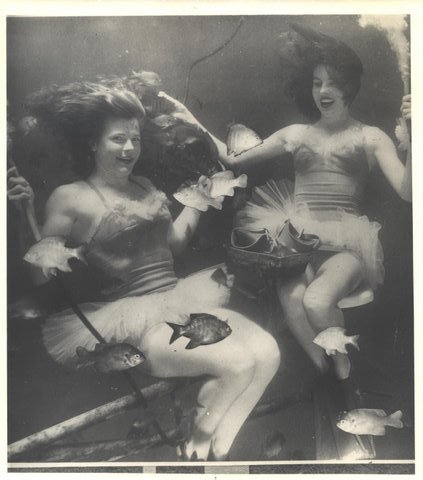
Accordingly, Aquarena Springs’ leftover glass-bottom boats are now piloted by eco-minded students from the university. Seven days a week, the young captains ferry tourists and grade-schoolers over the lake’s smooth surface. Underneath, passengers can see a miniature forest where green ribbons of arrowhead and hygrophila plants stretch toward the sunlight, and hornwort and watermilfoil wave their fluffy fronds. The children “ooh” and “aah” at turtles cruising by, flashing bright yellow stripes against the murky vegetation. The adults remark on the subtle beauty of silvery fish undulating their iridescent tails.
Eight of the species here are endangered, including wild rice, two types of fish (the fountain darter and the San Marcos gambusia), two beetles, and the Texas blind salamander—a creature resembling a millenial-pink axolotl with a featureless face evolved for life in the aquifer’s dark caves.
While these species are holding on for now, all is not well in their delicate ecosystem. The surrounding Edwards Aquifer Authority declared a stage 3 drought in June, and the flow of groundwater through the San Marcos springs has slowed. Parts of Texas are naturally prone to drought, but the added pressures of development and climate change are exacerbating the water shortage.
“Mother Nature provides a rollercoaster ride for spring flows already,” said Robert Mace, executive director of the Meadows Center. And now, Central Texas is at the “leading edge” of the state’s precipitous growth, which relies on pumping more and more groundwater.
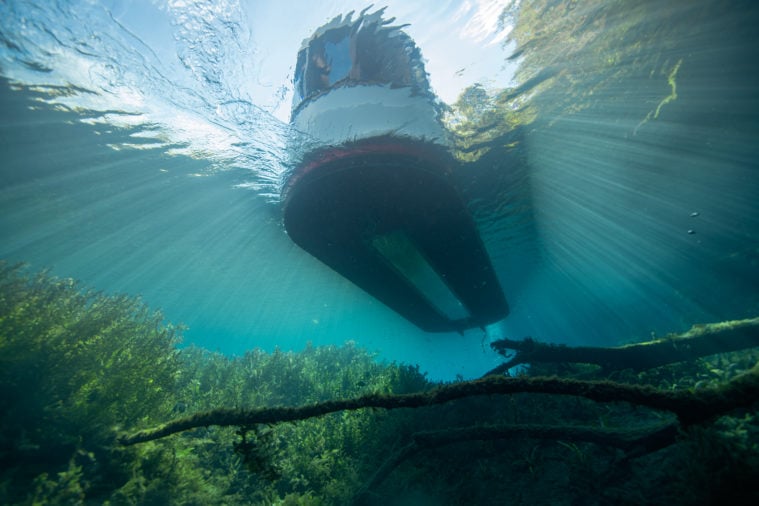
People are flocking to new subdivisions in the Hill Country, drawn by the same natural resources and beauty that have attracted humans for millennia. In the last 20 years alone, the region’s population swelled by about 50 percent to nearly 4 million people, many in unincorporated areas beyond the reach of municipal water utilities.
2022 is shaping up to be as dry or drier than the disastrous drought of 2011, which Mace described as an “eye opener” that led to new funding for regional water planning projects. That crisis did not, however, open state leaders’ eyes to the ominous realities of climate change. A warming planet tends to make water cycles more extreme, with longer droughts punctuated by short periods of more intense rainfall.
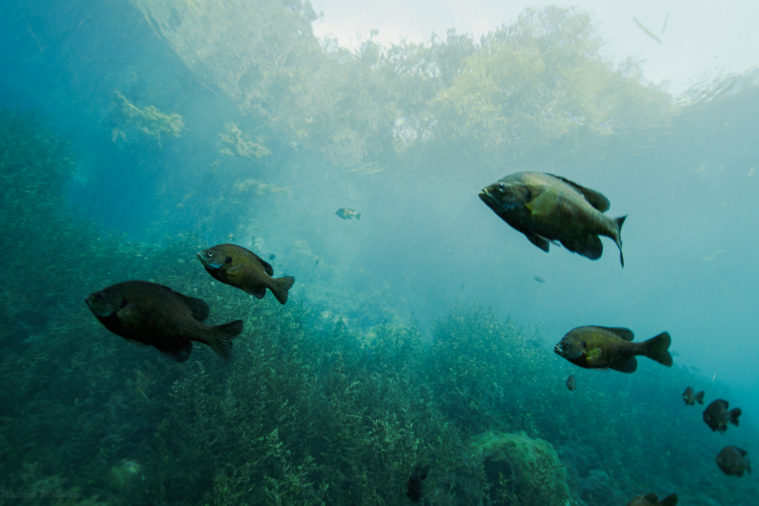
Mace wants the Meadows Center to be a place to look forward in time, not just backward. His staff is working on a tool to model climate change at the local level. The effort, meant to help regional planners thread the needle between accommodating population growth and keeping enough water flowing to nourish natural ecosystems, recently got a cash infusion of $2 million in federal funding thanks to Representative Lloyd Doggett, who told the Observer in an email: “There is not nearly enough attention or action on the climate crisis—and certainly not enough specifically on water scarcity.”
In some ways, the fate of the springs will be the fate of the humans who’ve settled around them. More than a million people in Central Texas, including the residents of San Antonio, get drinking water from the Edwards Aquifer—the same fountainhead that feeds the San Marcos springs, fills Spring Lake, and sustains the creatures who live here. Of the eight resident endangered species, none are found anywhere else on the planet, and it is thanks to local efforts to preserve them that more water flows through the springs and river today than otherwise would. Which is to say: In continuing to protect Texas wild rice, the blind salamander, and their fellow plants and critters, we protect ourselves.
